Vietnam, officially known as the Socialist Republic of Vietnam, is a captivating Southeast Asian country. Bordering China to the north, Laos and Cambodia to the west, and the South China Sea to the east, Vietnam boasts a coastline stretching over 3,000 kilometers. Covering an area of approximately 331,212 square kilometers, it is home to over 98 million people (as of 2023). Vietnam’s cultural richness is highlighted by 54 officially recognized ethnic groups and its official language, Vietnamese, written using the Latin-based chữ Quốc ngữ.
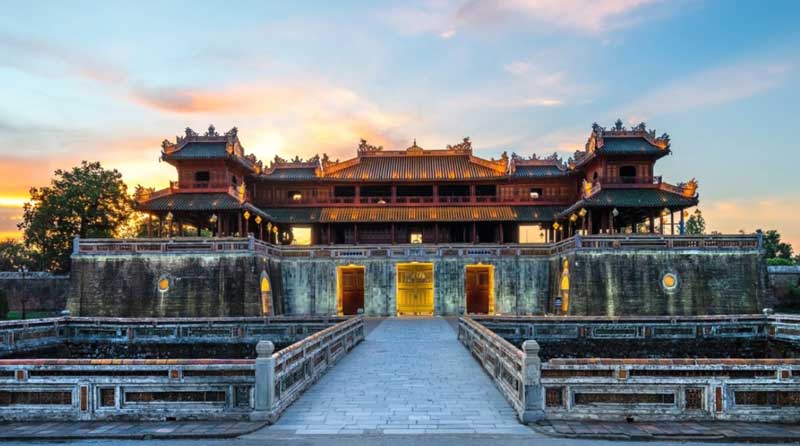
Political System
Vietnam operates as a one-party state under the leadership of the Communist Party of Vietnam (CPV). The President serves as the head of state, while the Prime Minister leads the government. The National Assembly, a unicameral legislative body, holds supreme authority in governance. This centralized political structure has fostered social stability and rapid economic development, making Vietnam one of Asia’s most dynamic economies.
Major Cities of Vietnam
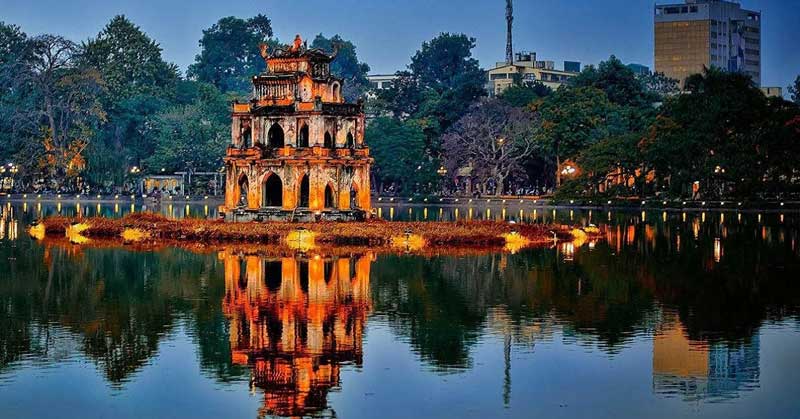
Vietnam’s major cities reflect its blend of tradition and modernity:
- Hanoi: The capital city, known for ancient temples, colonial architecture, and lively street culture.
- Ho Chi Minh City: The largest city, an economic hub with skyscrapers, bustling markets, and historical landmarks.
- Da Nang: A coastal city famed for its beaches and proximity to UNESCO sites.
- Hue: The former imperial capital, known for its royal heritage and ancient monuments.
Vietnam’s Geography and Climate
Vietnam is divided into three distinct regions—North, Central, and South—each with unique geographical features and climate patterns.
Northern Vietnam
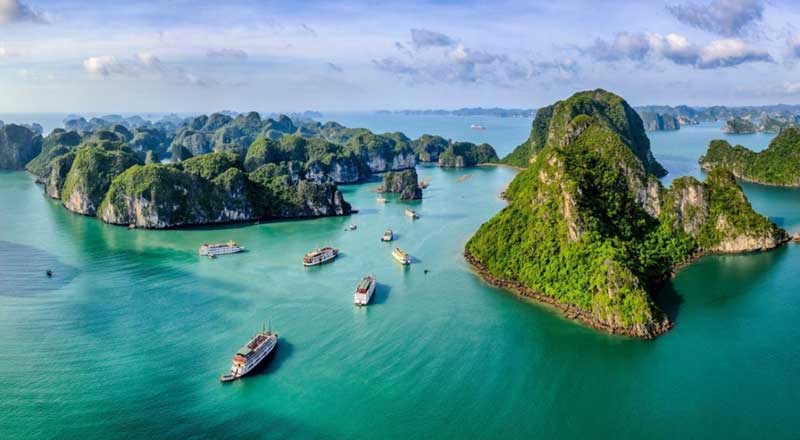
This region is home to mountainous areas like Sapa and Ha Giang, the Red River Delta, and natural wonders like Ha Long Bay.
- Spring (February to April): Cool, humid weather with drizzles, ideal for countryside exploration.
- Summer (May to August): Hot and rainy, with temperatures often exceeding 35°C.
- Autumn (September to November): Cool and dry, featuring golden rice fields and clear skies.
- Winter (December to January): Cold and dry, with temperatures dropping below 10°C in mountainous areas.
Central Vietnam
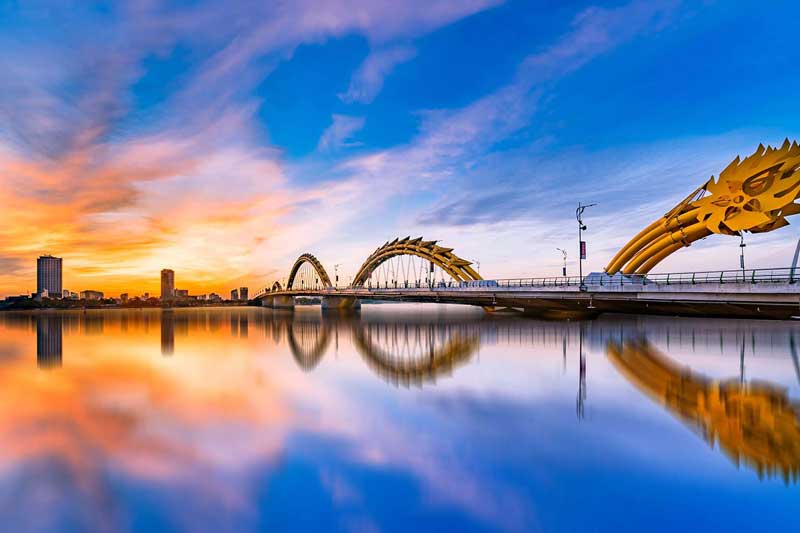
Central Vietnam features stunning beaches, historical cities like Hue and Hoi An, and the lush Central Highlands.
- Dry Season (January to August): Hot and sunny, with temperatures up to 40°C in summer. Perfect for beach activities in Da Nang or Nha Trang.
- Rainy Season (September to December): Frequent heavy rains, particularly along the coast, with occasional typhoons.
Southern Vietnam
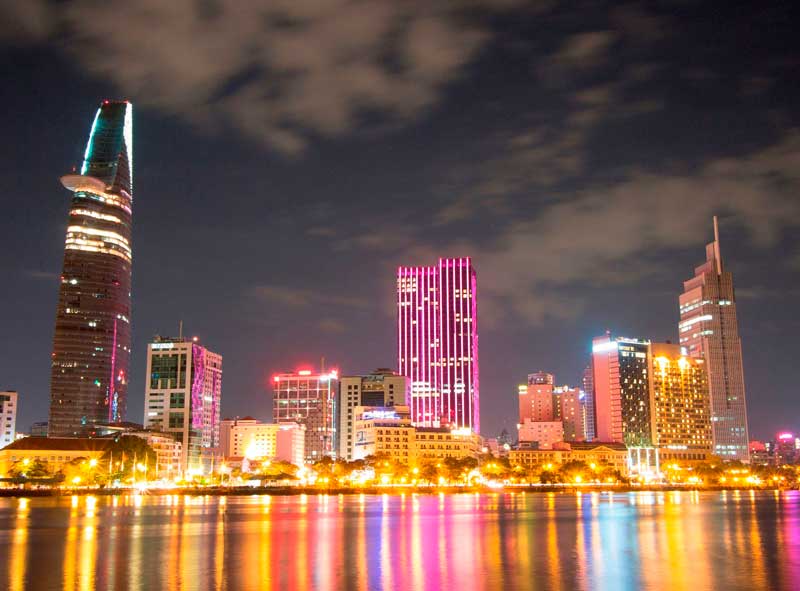
The South is defined by the Mekong Delta and Ho Chi Minh City, a vibrant metropolis.
- Dry Season (November to April): Warm and dry, with peak temperatures in March and April. Ideal for exploring the Mekong Delta and Phu Quoc beaches.
- Rainy Season (May to October): Short, frequent tropical showers that keep the region lush and vibrant.
Summary – Discovering Vietnam
Vietnam’s geography and climate offer a wide variety of experiences. From the cool, misty mountains of the North to the sunny beaches of the Central region and the tropical lushness of the South, every season reveals a new facet of the country’s charm. Understanding these regional and seasonal distinctions helps visitors make the most of their trip to this captivating destination.
Read more about Viet Nam: Hanoi Street Food
Last Updated on November 18, 2024 by Elena


0 Comment